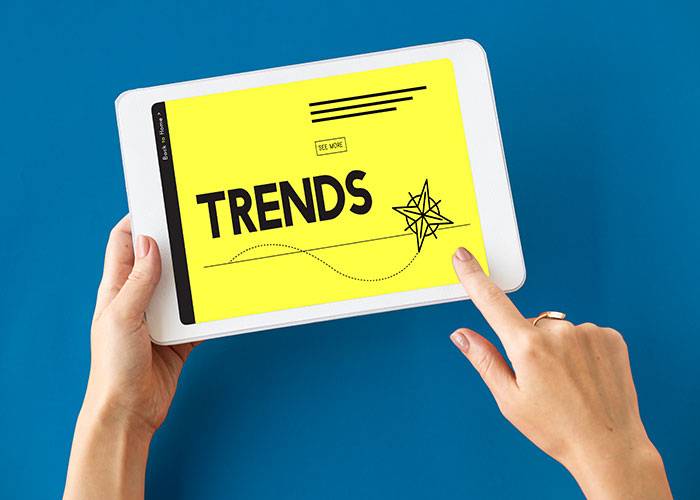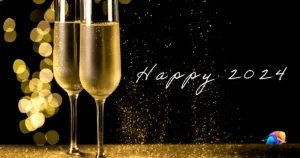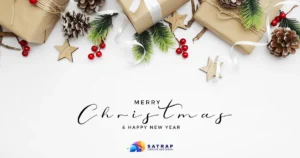Design and trends are influenced by cultural and social changes that happen around the world. In 2021 we experienced dramatic changes in digital design. The pandemic pushed us more towards the digital world and changed the way we live our lives. The remote workplace and remote schooling reality we have been forced to face, has challenged developers and designers to create real-life experiences and make them available digitally.
Web designers have taken this task upon them by exploring multiple forms of visual communication, that can generate increased levels of engagement. To name some examples, designers are using novelty typography art, unusual color schemes, and 3D product simulations for online shoppers.
In this article, we will explore trends that each accommodate different industries. Implementing these trends is not just a question of aesthetics, however, it is essential to balance the use of these trends. Using them all in one website will not necessarily achieve our web creation goals.
Let’s get started
Playful Typography Effects and Animations
An animated string of words will often be structured in a particular shape, contrary to the standard horizontal, left-to-right sentence format. Ultimately, the element’s role will always be for decorative purposes and not solely as a text to be read. Designers will typically use this technique to convey a branding or marketing objective, creating the desired vibe or visual theme.
Use of Emojis
It’s well known that worldwide communication has embraced digital interaction. People are constantly interacting through their keyboards. This includes emails, messaging applications, group forums, and so on. Things have grown far beyond words — alphanumeric characters accompanied by playful emojis in written text elements are now an integral part of our digital vocabulary.
The popularity of emojis has made its way to web design. Web creators have taken to the playful, endearing language of emojis, using them as part of their website content itself. Emojis are a simple way to illustrate brand sentiment and non-verbal messaging in a language familiar to users of all backgrounds. Communicating with target audiences of all languages and dialects thrives on this technique — your brand voice can now be heard in a visual, non-verbal way.
Clean designs
Web design trends in 2022 will push busy concepts like maximalism to the side. Compared to the demand for more in 2021, we’ll start emphasizing minimalistic characteristics and websites with a more delicate visual weight.
The focus will be more on dynamic content rather than all content being displayed all at once.
Behavioural Design
Behavioral design is all about using visual cues to shape user behavior. Combining creative design with scientific data enables designers to better understand how users think to more effectively influence how they behave.
This method is typically used to create products and apps that help users do things such as hit a fitness goal, develop a skill, or maintain a daily habit. The behavioral design uses techniques such as scarcity – like when there’s “only 1 room left” on a hotel booking site – and the CAR model – a strategy based around cue, action, and reward.
Cinemagraphs
Cinemagraphs — high-quality videos or GIFs that run on a smooth, continuous loop — have become a popular way to add movement and visual interest to otherwise static pages.
Broken Grids
While grids remain one of the most common and efficient ways of displaying text and images on websites, broken grids continue to make their way into mainstream sites and offer a change-up from the norm
The above are just a few of the Trends we are going to see in 2022. Another trend that will become popular in 2022 is Glasphorism, which we have been using on a website created by Satrap since the beginning of 2021.




